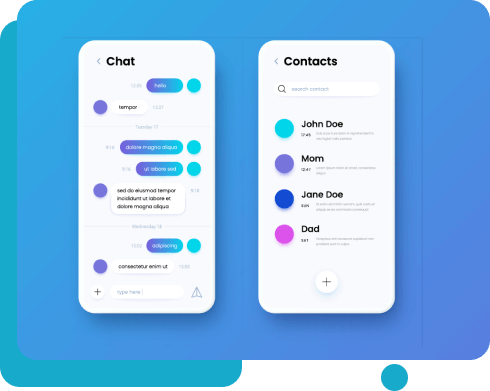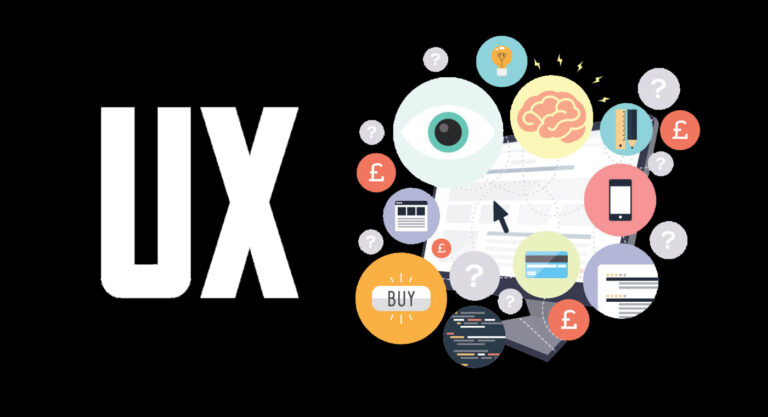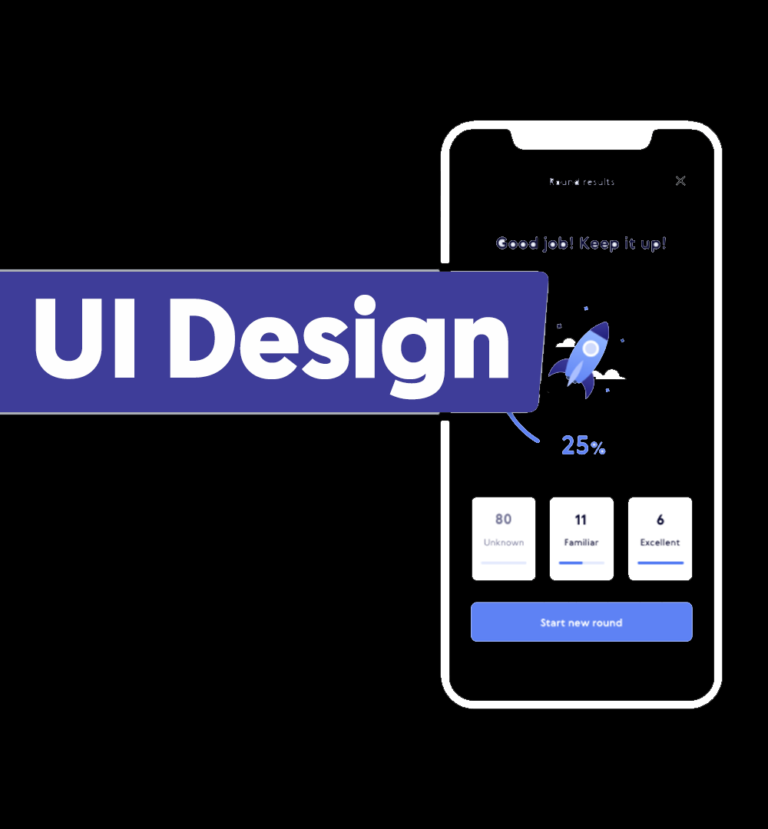
The essential relationship between user interface and user experience
The essential relationship between user interface and user experience is the “User Experience” (UX) and “User Interface” (UI) must be applied to every digital product or service. Because every technology encounter in the digital age is crucial. UI and UX stand for “user interface” and “user experience,” respectively. These two terms are often used interchangeably, although they have different meanings and are equally important in characterizing how users interact with technology. User interface (UI) and user experience (UX) design are symbiotic, meaning they work together to provide engaging digital interactions. Let’s examine this relationship and why firms and designers must comprehend and create both UI and UX.
The “user interface” refers to a digital product’s many graphical elements that users can interact with. These may include menus, buttons, and other interactive components. It covers images, text fields, buttons, and navigation menus on the screen. Well-developed user interfaces are attractive, coherent, and easy to navigate. It helps people execute tasks without confusion about a program or website. User interface design is to make data and operations clear and beautiful.

Understanding User Experience (UX)

The term “user experience,” on the other hand, refers to all of a user’s interactions with a digital product or service. It prioritizes the user’s sentiments, perceptions, and enjoyment over appearance. Positive user experiences (UX) are when a product offers value, boosts productivity, and is fun. This includes user research, information architecture, interface design, and usability testing to improve user satisfaction and needs. This generic phrase refers to several related but distinct activities.
The Interplay Between UI and UX
Despite being separate concepts, user interface and user experience are intricately intertwined. The user interface (UI) provides a visual access point to these elements since functionality and content heavily influence the user experience (UX). A website’s user interface (UI) may attract visitors, but its user experience (UX) will keep them coming back. Imagine an app with beautiful animations and design that frustrates customers because they can’t find what they need or run into bugs. However, a simple user interface that provides a great experience and meets user demands is more likely to be liked and used.


First Impressions Matter
User interfaces engage customers and encourage them to learn more. This initial attraction needs to be backed with an easy and meaningful user experience to maintain user engagement.
Consistency and Familiarity:
When carefully designed, an app’s user interface follows design patterns. End users will find it easier to navigate an application’s many components. A consistent user experience reduces mental stress and boosts satisfaction.
Functionality and Ease of Use:
UI design can increase a product’s usability by making it easier for end users to utilize. Reducing annoyance and increasing efficiency improves user experience.
User-Centered Design:
When designing the user interface or experience, the end user must be prioritized. User input, usability testing, and design changes based on user preferences are essential to enhancing these qualities.
Emotional Engagement:
A visually appealing user interface can improve the user experience by evoking positive feelings. A smart user experience develops emotional investment in the product by addressing consumer pain points and delivering solutions.
Thus, user interface and user experience are inextricably linked. The user interface (UI) controls a digital product’s visual display, but the user experience (UX) controls how the user interacts with and feels about the product. Businesses that prioritize both of these attributes and understand how they interact will be better equipped to build digital goods that attract and retain customers. In a competitive market, a compatible user interface and user experience design may set a product apart and encourage long-term user loyalty. In strong rivalry, this is crucial.

